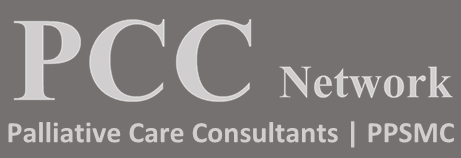Terminal Respiratory Congestion (“Death Rattle”)
What is it?
Terminal Respiratory Congestion (TRC) is the rattling or gurgling sounds that accompany respiration when a person is in the last hours of their lives.
Why is it happening?
As a person approaches end of life, their level of consciousness decreases and the person is no longer able to swallow or cough to clear mucus or oral secretions. These secretions begin to pool in the upper airway. What we, and the family, are hearing is the turbulent movement of these secretions in the upper airway that occurs with the inspiratory and expiratory phases of respiration. TRC is often not distressing to the person who is experiencing it, however, families and friends at the bedside may find this a distressing symptom to witness.
What can we do about TRC?
Many of the recommendations for management of TRC focus on non-pharmacological techniques and support of the family.
- If possible, position the person on their side(s). This may allow the secretions to clear, or exit the mouth.
- When death is imminent, explain to the family that this is a symptom that may occur. Explain the causes and assure them that the person is not distressed by this symptom.
- When speaking to the family, avoid using the term “death rattle” as it may instill strong emotional reactions.
- Suctioning is not usually recommended as this can be very uncomfortable for the person and can cause significant agitation and distress.
- Pharmacological therapy may be considered in relation to the person/family’s goals of care.
Sources:
- Pereira, JL, Associates. (2008).The Pallium palliative pocketbook. 1st Cdn. Ed. Edmonton, Canada: Pallium Canada
- Ferrell, B. & Coyle, N. (2010). Oxford textbook of palliative nursing. 3rd Ed. New York, NY: Oxford University Press.
Download Tip of the Month




